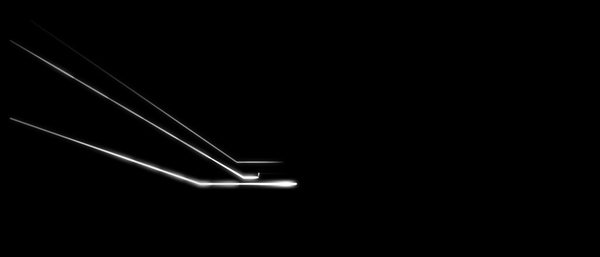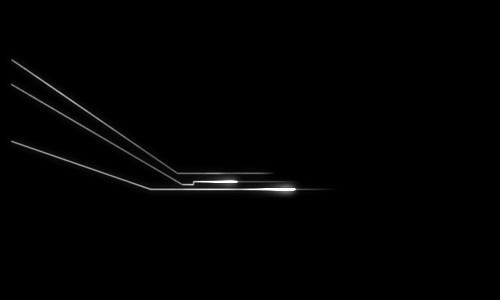Hi,
I’m trying to make an effect where animated lights will leave streaks in the animation.
Perhaps the previous frames could be blended in?
Is there a method to achieve this?
Thanks!
Hi,
I’m trying to make an effect where animated lights will leave streaks in the animation.
Perhaps the previous frames could be blended in?
Is there a method to achieve this?
Thanks!
You can do some things of this nature using the Compositor. However, simply blending frames won’t cut it because that won’t create the blur/streak effect you probably want. Here’s an example of “frame blending” as I think you envision it – I call it “step-frame.” Note the lack of blur between the superimposed, stepped images. The blur node in the Compositor doesn’t give a lot of options for controlling the shape & direction of the blur, so that’s not a total solution, either.
The streak FX you describe are often a result of a slow camera shutter speed, something that you can’t imitate in Blender afaik, maybe with a very strong Vector Blur, but it’d take some playin’ 'round to find out.
doesn’t turning on motion blur do what you are asking?
I think motion blur would also work, but using Vector Blur gives you the option of isolating the lights for blurring via Render Layers.
My experience with Motion Blur still does not produce streaks, like requested. Motion Blur should really be named to “Render Ghost” that is all it seems to do.
I haven’t tried this but I think it could work.
Use 3 or 4 render layer inputs of the same scene with different offsets, then apply motion blur and other effects to the lagging frames and finally use mix nodes and play with the opacity settings to achieve the blending effect that you want.
Thanks for the ideas.
There was too much movement between frames for the effect to look correct, so I ended up faking it with a soft light and some blocking planes.
Blurring might work but I need to preserve some sharpness with the light streaks.
I think if I had more time, I would render the animation at a very high frame rate and write a script to combine previous frames.
Thanks again!


Bear in mind that all you’re shooting for is the appearance of light-streaks as though they were actually caused by the moving lights. There’s absolutely no law on the books that says that this must really be how it is done.
“Motion blur” is a prohibitively expensive technique. It has largely been supplanted by vector-blur, and for many very good reasons.
One technique that I have very shamelessly used is to render a motion-blur layer, then overlap it with itself in a video editor, reducing the alpha each time.
Once the renderer has handed you the basic data (e.g. the velocity vector) and once you’ve done one thing with it, you can get pretty creative with overlapping, to multiply the effect. (Note: the “Time” node in the compositor can also help with this. What I recall doing in the video editor can also now be done in comp with nodes.)